Tattoos have been used by various cultures throughout history for decorative, religious, and cultural purposes. The word “tattoo” comes from the Polynesian word “tatau,” which means “to mark.” The history of tattoos can be traced back to ancient civilizations, with evidence of tattooing found on mummified remains from as early as 5,200 years ago.
The word “tattoo” comes from the Polynesian word “tatau” which refers to the traditional art of tattooing. The Polynesian people used tattoos as a form of identification, to indicate a person’s rank in society, and to show their connection to the gods.
Ancient Egyptians used tattoos for religious and cultural purposes. Tattoos of gods and religious symbols were common, as well as tattoos used for healing and protection. The ancient Egyptians also used tattoos as a way to differentiate between social classes, with higher-class individuals having more intricate and detailed tattoos.
Tattoos have been found on mummified remains dating back to 3370 BC, found in the area of modern-day Egypt. These ancient tattoos were made using a basic needle-and-ink technique and most likely had religious or spiritual significance.
In ancient Greece and Rome, tattoos were used primarily by soldiers, criminals, and slaves. The tattoos were often used to mark the person as belonging to a certain group or as a punishment for crimes. However, it was not just the lower classes that were tattooed; the Roman Emperor Constantine was said to have been tattooed with Christian symbols, and the Roman Praetorian Guard also used tattoos as a form of identification.
Tattooing in Polynesia, where the word “tattoo” originated, has a long history that dates back to pre-European contact. Tattoos were used for cultural and religious purposes, such as marking significant life events, showing social status and rank, and as a form of protection. The tattoos were created using a traditional method of hand tapping, where a sharpened bone or fish tooth was used to make the cuts in the skin and a pigment was then applied.
Tattoos were also practiced in Asia, in cultures such as Japan, China, and Indonesia. In Japan, tattoos were associated with the criminal underworld and were used to identify criminals and outcasts. In China, tattoos were used as a form of punishment, and it was also believed that tattoos could protect against evil spirits.
The art of tattooing spread through the Pacific Islands, eventually reaching Japan and China. In Japan, tattoos were used by the criminal underworld as a form of identification and punishment. The Japanese government eventually banned tattooing, with the ban lasting until the 19th century. In China, tattoos were used for religious and cultural purposes, but also as a form of punishment for criminals.
In the West, tattoos were not widely accepted for much of history. Early Christians saw tattoos as a pagan practice, and in many cultures, tattoos were associated with barbarism and savagery. In the 19th century, Western sailors began to adopt the practice of tattooing from the Polynesians, and tattoos became popular among sailors as a form of identification and as a way to show off their adventurous lifestyle.
Tattoos have been practiced in Europe and North America, but the acceptance of tattoos has varied throughout history. In the 19th century, tattoos were associated with sailors and soldiers, and in the early 20th century, tattoos became popular among the working class. In the last few decades, tattoos have become much more mainstream and are now a popular form of self-expression
The invention of the electric tattoo machine in 1891 by Samuel O’Reilly revolutionized the tattoo industry and made the process of tattooing faster and more efficient. This led to an increase in the popularity of tattoos and tattooing became a mainstream practice.
Tattoos continue to be popular today, with many people choosing to get tattoos for a variety of reasons, including self-expression, cultural identity, and as a form of art. Tattoos are now used to create designs and patterns that are more complex and detailed than ever before, thanks to the advances in technology.
However, despite their widespread popularity, tattoos continue to be stigmatized in some cultures and workplaces. In the past, tattoos were associated with criminals, sailors, and bikers, and people with tattoos were often discriminated against. However, this attitude is changing and tattoos are becoming more accepted in society.
In conclusion, tattoos have a rich and diverse history dating back thousands of years. The practice of tattooing has been used by various cultures for decorative, religious, and cultural purposes. Despite being stigmatized in the past, tattoos are now widely accepted in society and continue to gain acceptance as an art form. Today, tattoos are used to express one’s individuality, and cultural identity and as a form of personal art.
Regenerate response
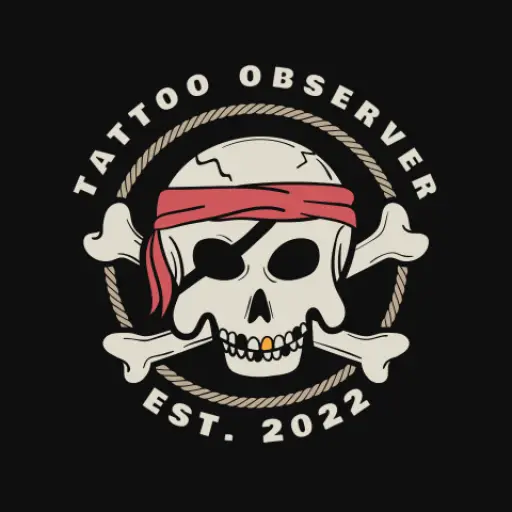






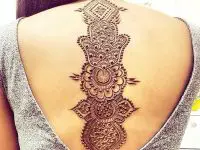




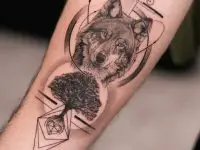



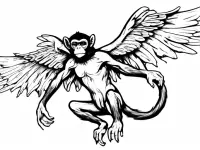
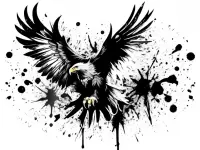
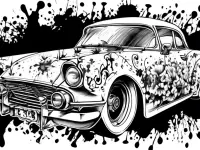


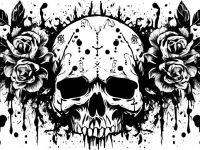

0 Comments